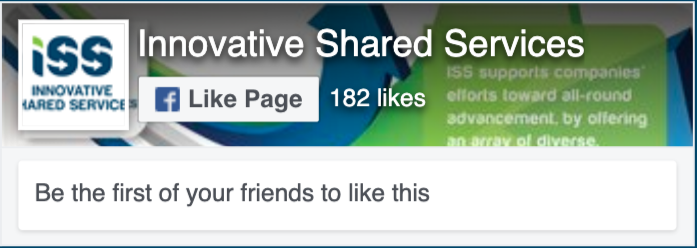US Title Accommodate audience and context needs in oral communication US No. 8968 NQF Level 03 Credits 5 Purpose: Learners at this level are aware of their audiences and purposes for communication. They adapt their style and language register to the requirements of different situations. They are able to speak confidently in both formal and familiar settings. They can articulate their purposes and reasons for the adoption of a particular register and style in any situation. They can usually identify the assumptions and inferences implicit in what people say and how they say it. Unit standard range:
- The learner can engage in oral interactions in a variety of formal and informal contexts in socio-cultural, learning and workplace situations.
- Interact successfully with audience in oral communication.
- Use strategies that capture and retain the interest of an audience.
- Identify and respond to manipulative use of language.
- Controls language patterns and structures and engages with context, purpose and audience.
- Write for a specified audience and purpose.
- Use language structures and features.
- Draft own writing and edit to improve clarity and correctness.

